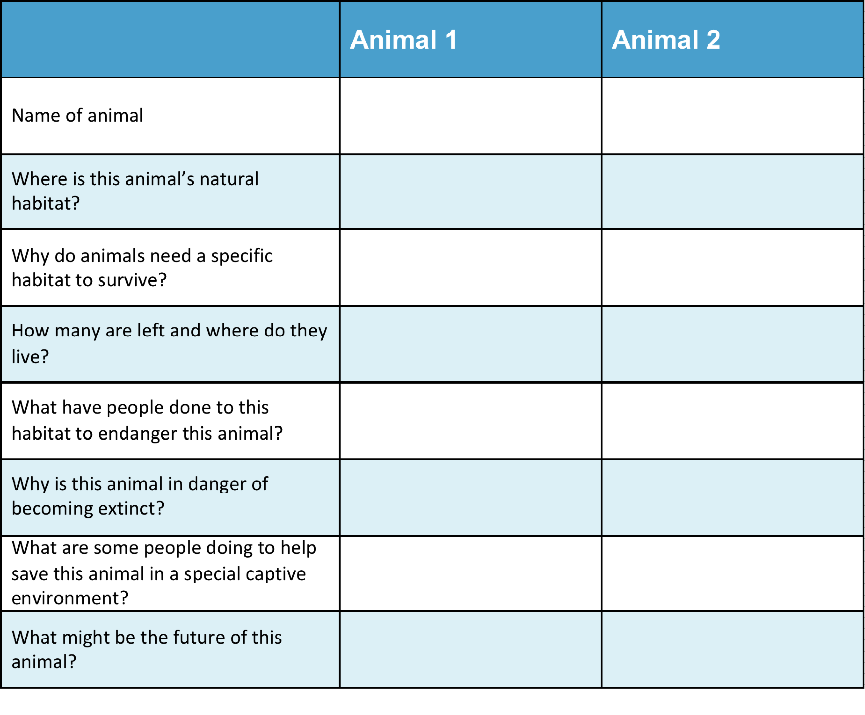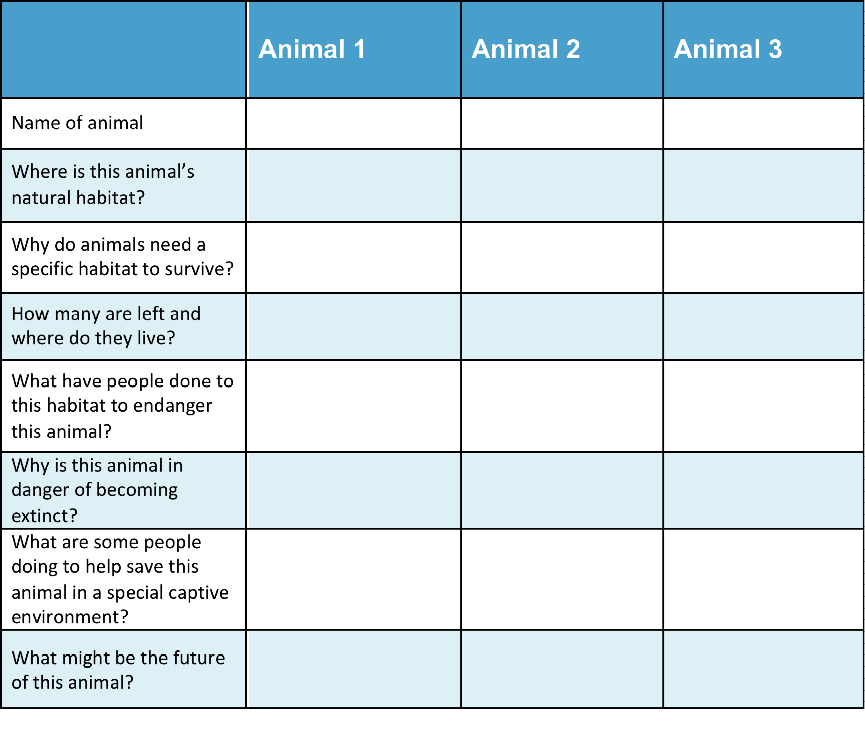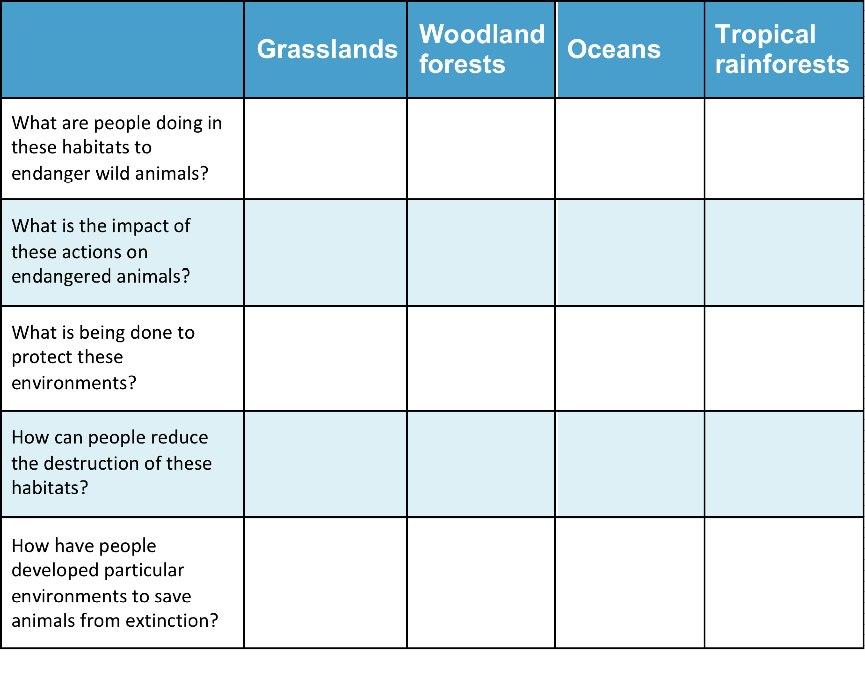Information for Teachers
Curriculum links
Australian Science Standards
SS01.2 All life forms, including human life, are connected through ecosystems on which they depend for their wellbeing
SS01.8 Designing action for sustainability requires an evaluation of past practices, the assessment of scientific and technological developments, and balanced judgements based on projected future economic, social and environmental impacts
UIS (ACSHE083) Scientific knowledge is used to predict possible effects of human and other activity and to develop management plans or alternative technologies that minimise these effects
New Zealand Science Achievement Objectives
LW: The impact of natural events and human actions on an ecosystem
LW: The importance of variation within a changing environment
How to search the internet
1 Keep your request short
Fewer words will give a more accurate search.
2 Choose exactly what you want
For example: Arctic Circle Climate
3 Use quotes
Double quotes around a set of words tell the search engine to consider those exact words in that exact order without any change. For example: “Arctic Circle Climate”
4 Use the plus sign (+)
If you add a plus sign (+) between words, the internet will search for all the words. For example: migrate+birds+whales+mammal
5 Use the minus sign (–) to say what you don’t want
Use a minus sign (–) to show words you do not want to appear in your results. For example: if you search for burrowing animals and do not want mammals in your search, –mammals will exclude mammals. Note that you need to put a space before the minus sign for the word to be excluded.
6 Be very clear about what you don’t want
Part 1
Ask questions and make predictions
After reading Sharing the Environment, you may have many questions about how people share our planet with wild animals.
List your questions
- Compare your list with questions that others have.
- Choose a question you would like to investigate.
- You can work alone, with a partner, or in a small group.
You may want to choose one or more of these questions to investigate
Q1. How has human activity had an impact on the availability of some animals’ habitats?
Q2 Why are some animals in danger of dying out?
Q3 What is being done to help these animals?
Go to Part 2 Plan and investigate →Part 2
Plan and investigate
Do searches in the internet or in books or talk to people who can help to find the information you are looking for.
Your teacher may suggest suitable websites for further information.
Go to Part 3 Record and analyse data →Part 3
Record and analyse data
Find a way of recording your information that will allow you to see any patterns in the data.
Data Chart for Sharing the Environment
[Download and change to suit your information]
 Download Chart
Download Chart
Go to Part 4 Evaluate the information →
Part 4
Evaluate the information
1. Look over the information you have gathered and the patterns you have found.
What do all animals need to survive?
What has threatened some animals’ ability to survive in the wild?
2. Search for other patterns.
Why is it a concern that this animal is in danger of becoming extinct?
How are groups around the world working together to save the habitats of these animals?
What might happen to these habitats in the future?
How can they be protected?
3. Makes notes about what you find.
Go to Part 5 Communicate and share ideas →Part 5
Communicate and share ideas
Look over all of the information that you have gathered in your investigation.
What are the most important ideas about sharing the environment with wild animals?
Make a chart showing the most important ideas.
 Download Chart
Download Chart
 Download Chart
Download Chart
← Return to menu
